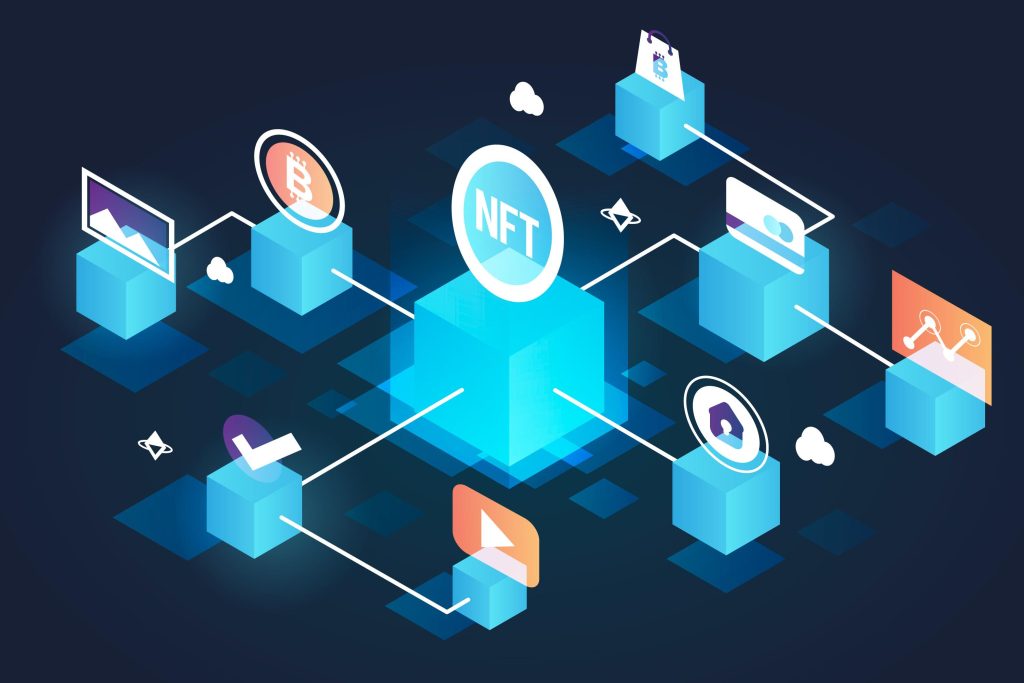Understanding Blockchain Layers (Layer 1, Layer 2 & Beyond)
Every technology has layers, your phone’s apps run on an operating system, which runs on hardware. Blockchain isn’t so different. Beneath the buzz of “Web3” and “crypto,” there’s an invisible structure that keeps everything working: blockchain layers.
But what are they really and why do they matter?
Layer 1: The Foundation
Layer 1 blockchains are the base networks, the main roads where transactions happen.
Think of them as the “motherships” that hold the rules, data, and security systems that make a blockchain what it is.
Popular Layer 1 blockchains include:
- Bitcoin: The first and most secure Layer 1, built mainly for sending and storing value.
- Ethereum: The go-to platform for smart contracts and decentralized apps (dApps).
- BNB Chain, Solana, Avalanche, Cardano: Other major players improving speed, scalability, and flexibility.
In simple terms: Layer 1 is where it all begins, the chain that runs everything else.
Layer 2: The Speed Boost
Layer 2 blockchains are like express lanes built on top of Layer 1 networks.
They help fix a big problem, scalability, by processing transactions faster and cheaper, then recording the final result back on Layer 1.
Examples include:
- Polygon (for Ethereum)
- Arbitrum & Optimism (Ethereum Rollups)
- Lightning Network (for Bitcoin)
These layers make blockchain transactions more practical for everyday use, like you’re trading NFTs, gaming, or sending crypto across borders. Layer 2 is what makes crypto faster, smoother, and cheaper to use, without breaking the security of Layer 1.
Layer 3 and Beyond: The Application Zone
Now imagine apps, games, or decentralized finance (DeFi) platforms that rely on these networks. That’s Layer 3, where real-world use cases live.
It’s the interface between blockchain technology and the apps you actually interact with.
Think:
- NFT marketplaces
- Crypto games
- Payment dApps
- Wallets like Zabira
Layer 3 is where blockchain becomes visible to everyday users, the bridge between code and experience.
Every blockchain innovation, from cheaper crypto rates to faster swaps, depends on how these layers interact.
Layer 1 gives the rules, Layer 2 makes it faster, and Layer 3 brings it to life.
So next time you make a transaction on Zabira, or hear about “Layer 2 scaling,” you’ll know exactly what’s happening behind the scenes, layers of innovation working together to make crypto simpler, faster, and more powerful for you.
Final Thought
Blockchain isn’t just one big system. It’s an ecosystem of layers, each designed to solve a different problem.
And understanding it? That’s how you move from just using crypto… to mastering it.

